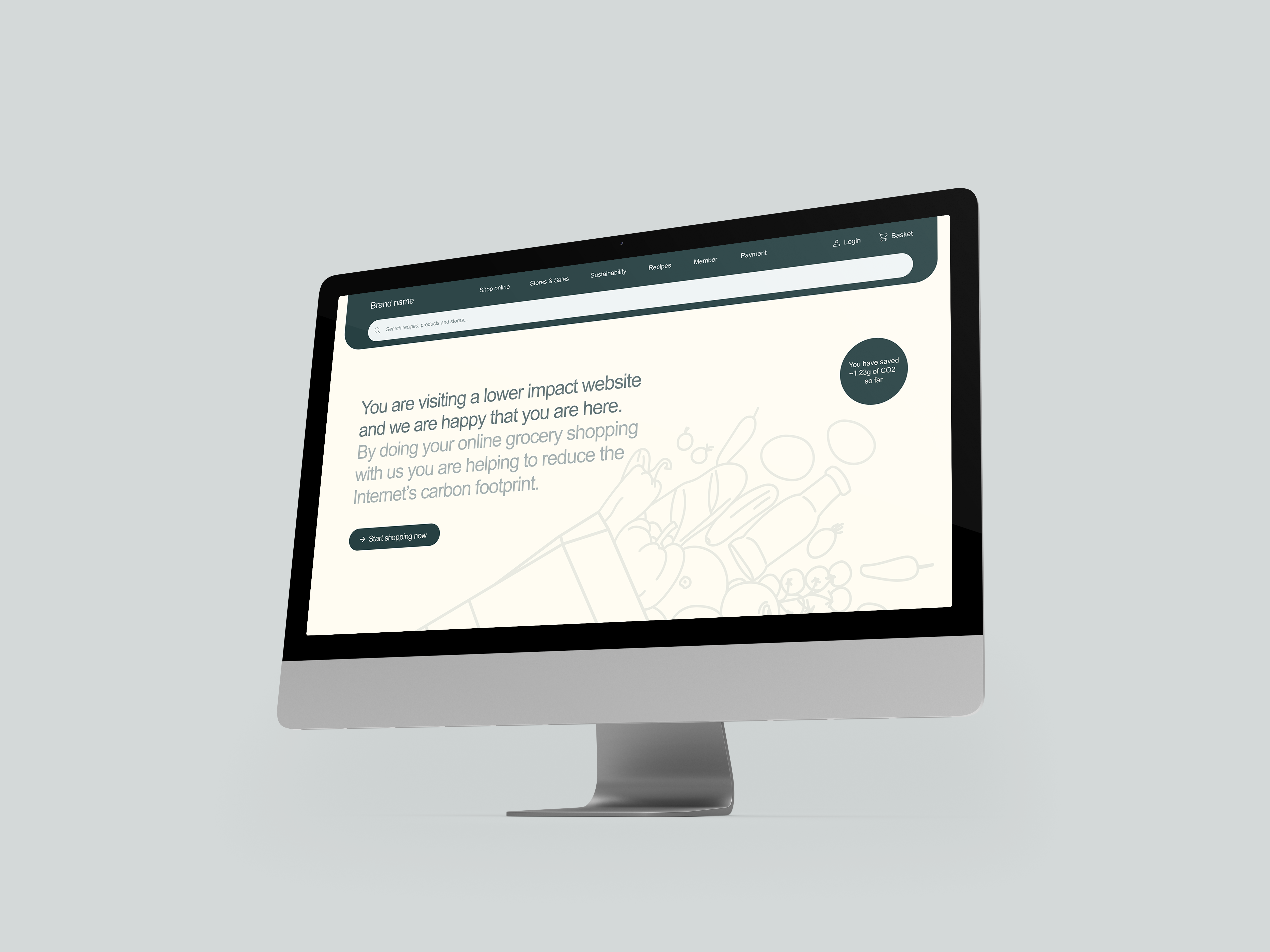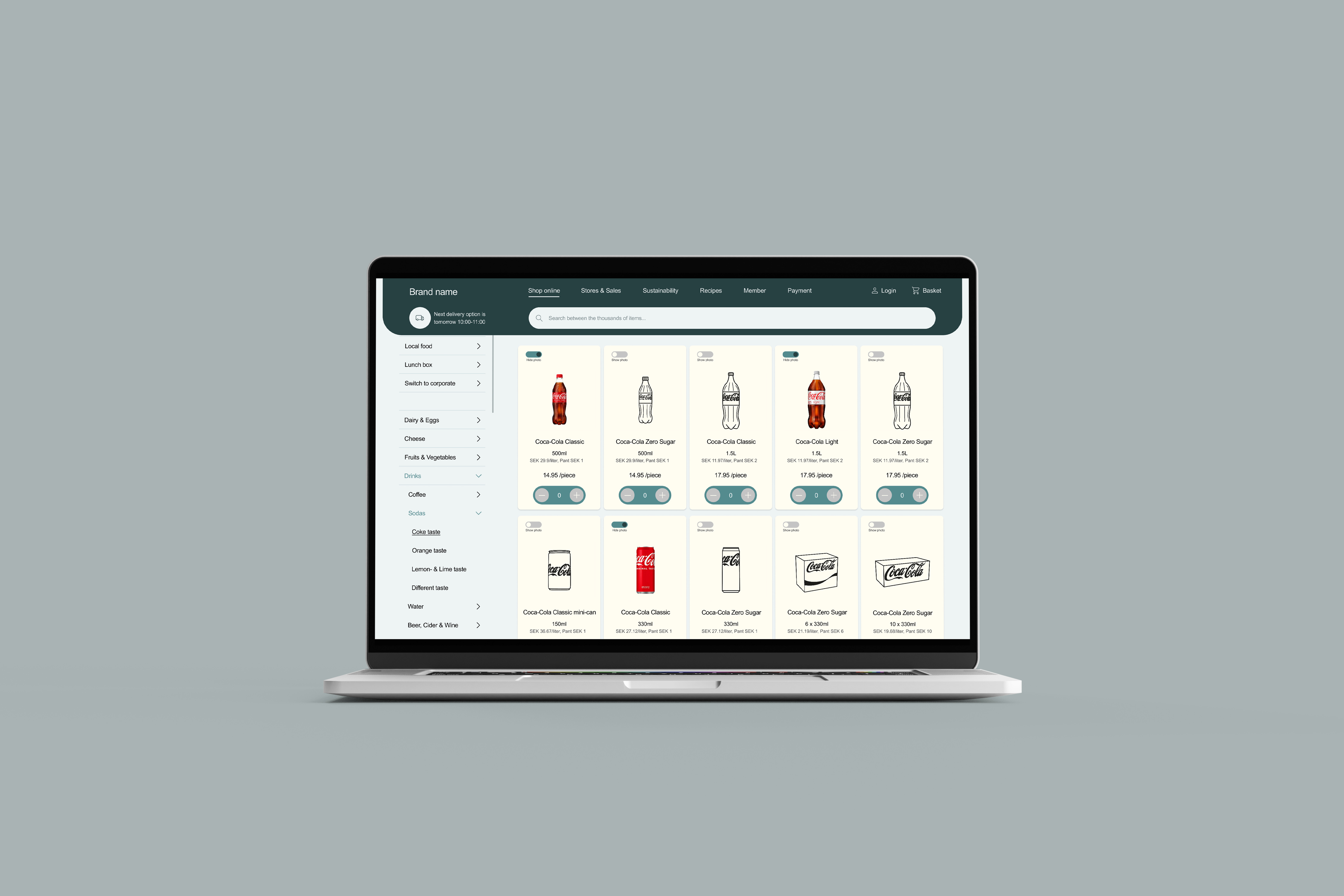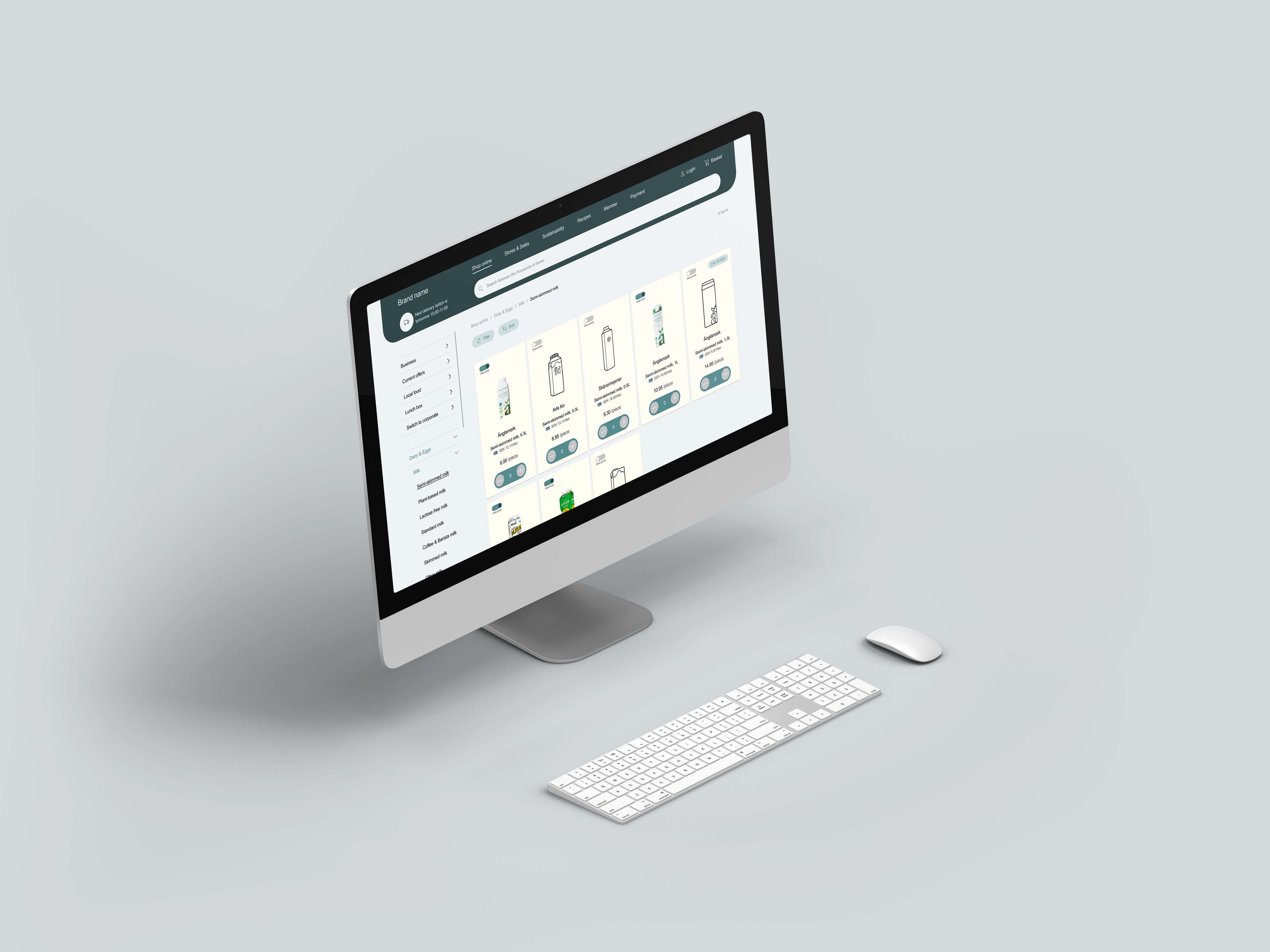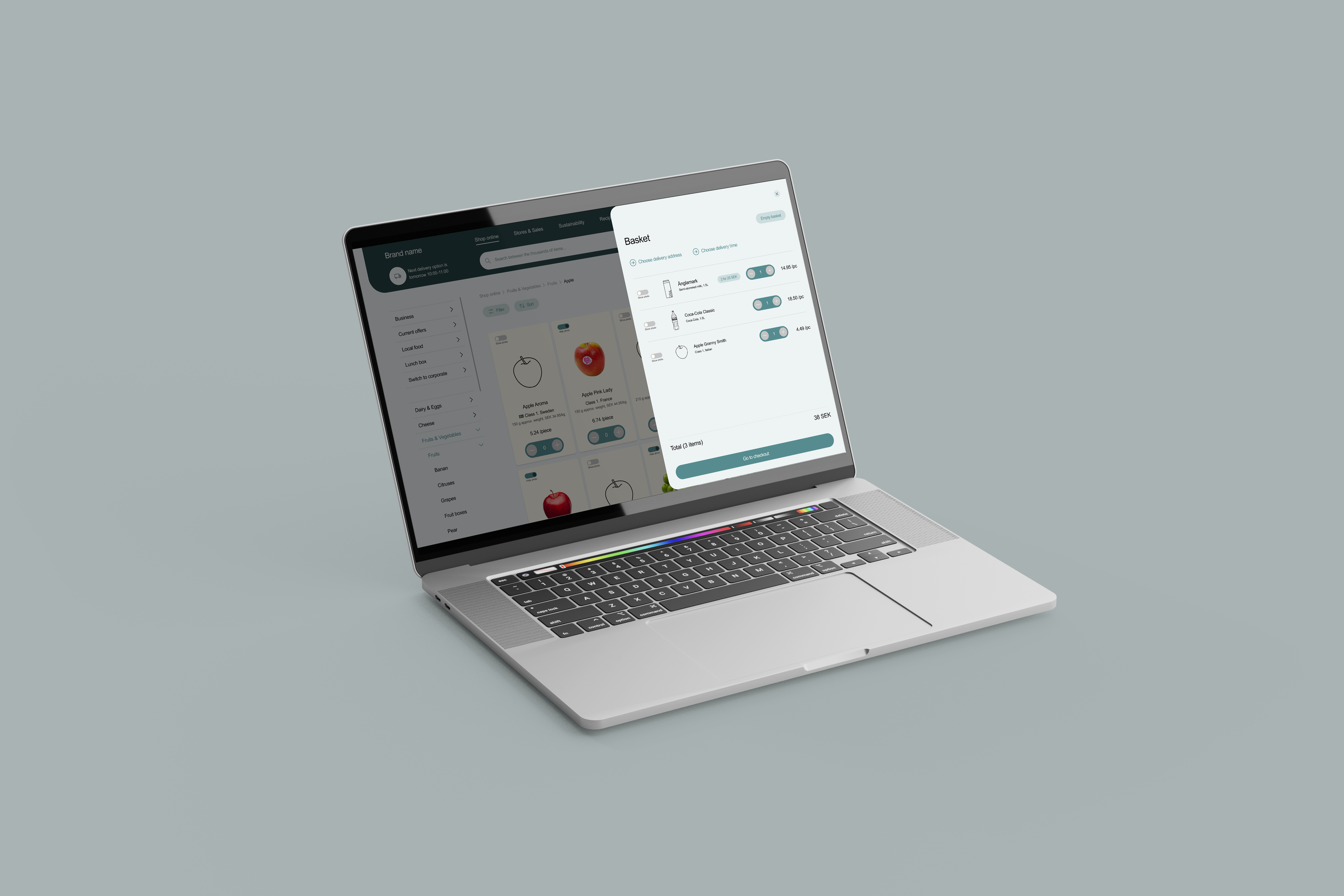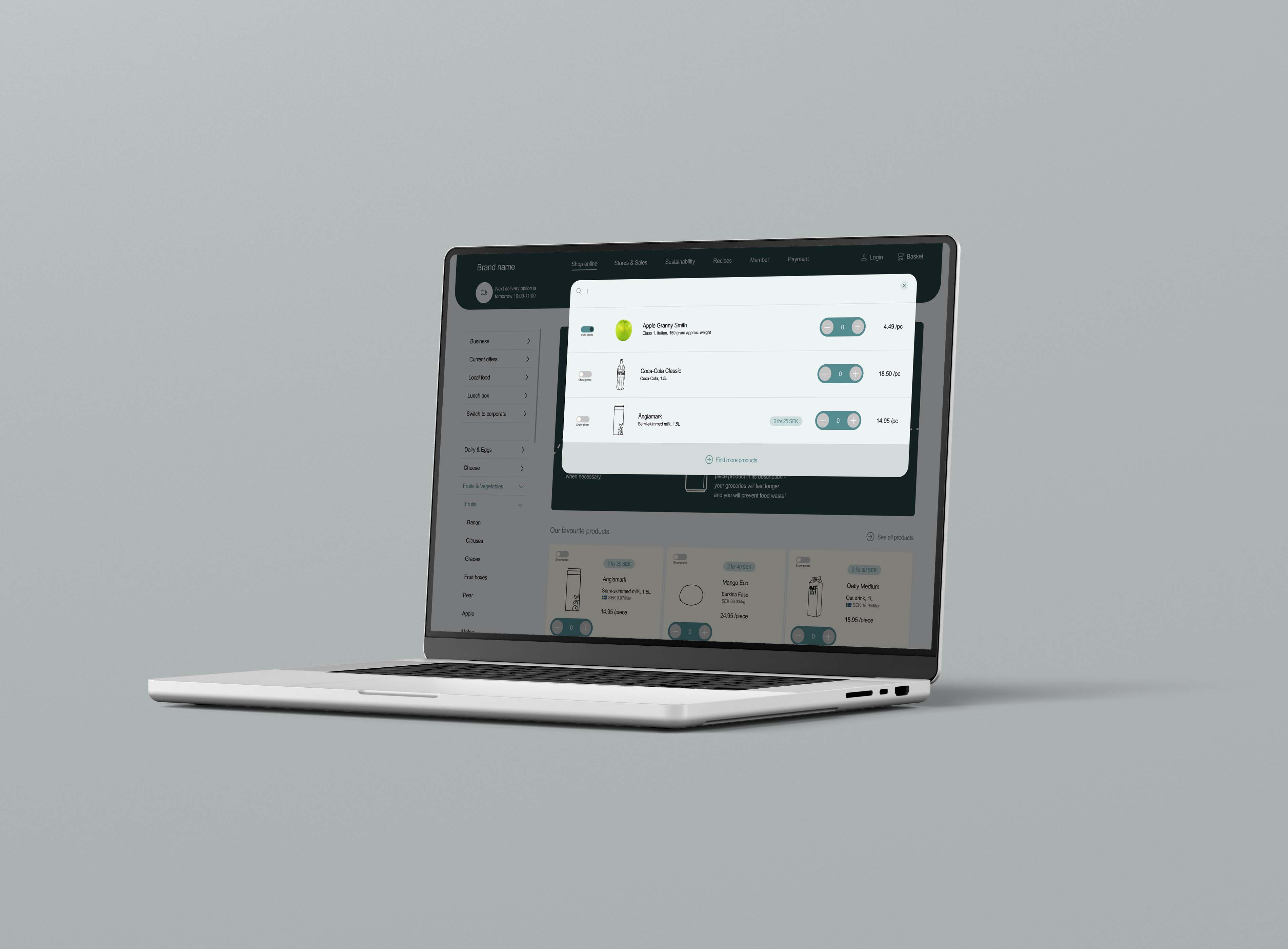Sustainable web design in the e-commerce sector

Viktorija Bernataviciute
LinkedIn Länk till annan webbplats, öppnas i nytt fönster.
Ráhel Anna Balogh
LinkedIn Länk till annan webbplats, öppnas i nytt fönster.
The Internet provides society with numerous benefits; however, it comes at a substantial environmental cost. If the Internet was a country, it would be the 6th most polluting country globally. Therefore, we look at ways of making websites more sustainable.
Sustainable web design is the practice of designing digital products and services to prioritise the health of our home planet. At its core, it is concerned with reducing carbon emissions and the energy consumption of web services.
In recent years, the web development industry has been aiming to make websites more sustainable through green hosting and sustainable approaches in both back-end and front-end levels of websites. However, switching to sustainably designed websites would require a change in user behaviour, which might be one of the main reasons lower-impact websites are not being introduced more widely.
The purpose of the study is to evaluate and improve existing sustainable web design guidelines in order to make lower-impact websites more attractive to users. Due to the steady exponential growth of the e-commerce sector, grocery shopping websites are chosen as a context.
Various user research methods are used to evaluate users' experience and attitudes toward existing lower-impact websites. The gathered data identifies improvements to the existing sustainable web design guidelines, which are then applied to build a high-fidelity prototype of a lower-impact grocery e-commerce website. A follow-up usability testing is carried out to evaluate the UX of the prototype, which indicates what would make a lower-impact website more attractive to users.
The study proposes a strategy of combining the existing sustainable web design guidelines with certain behaviour change theories to facilitate a smoother transition towards lower-impact websites.

